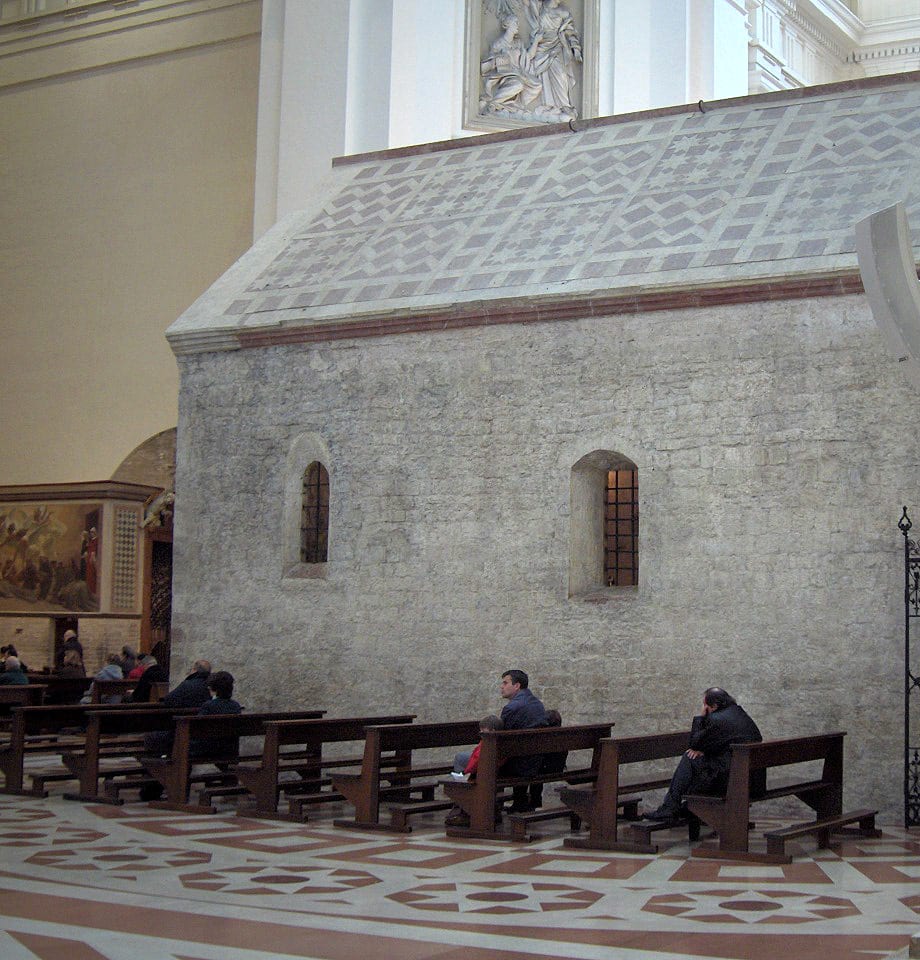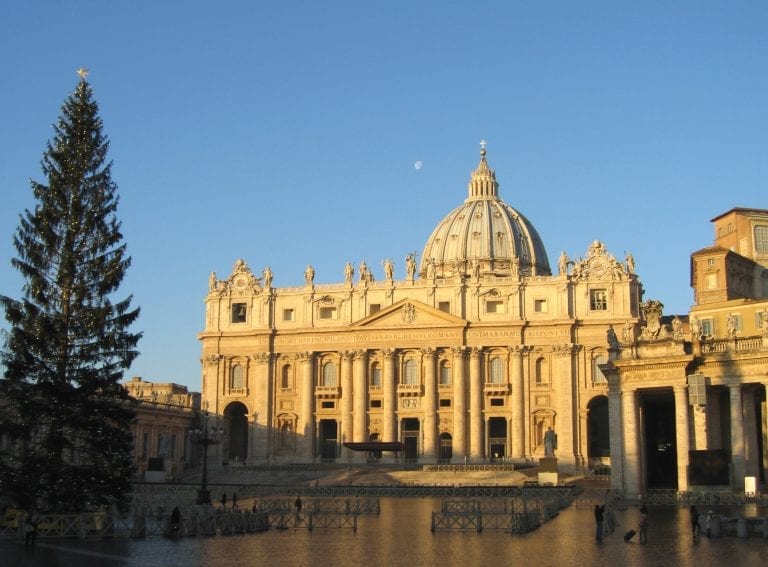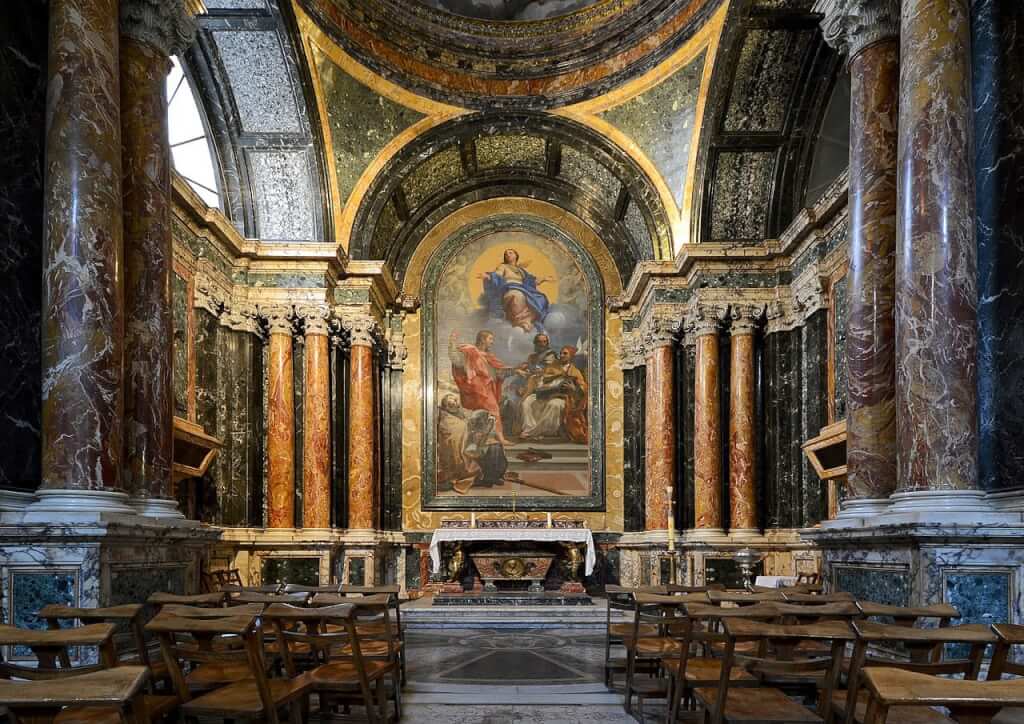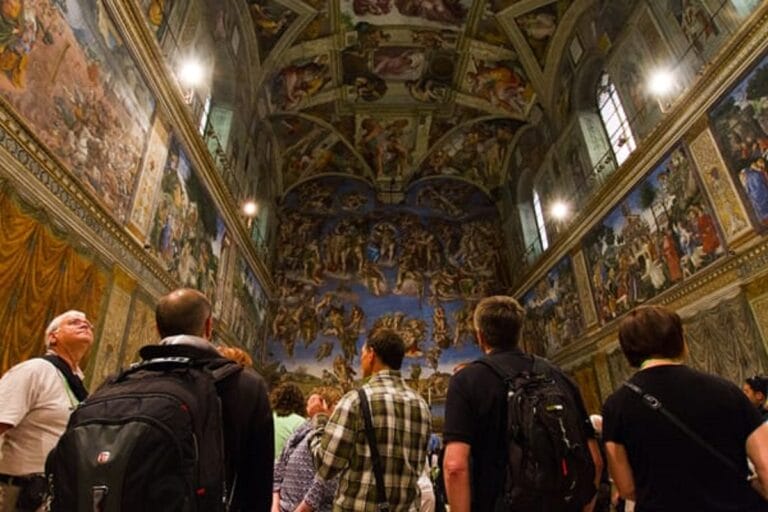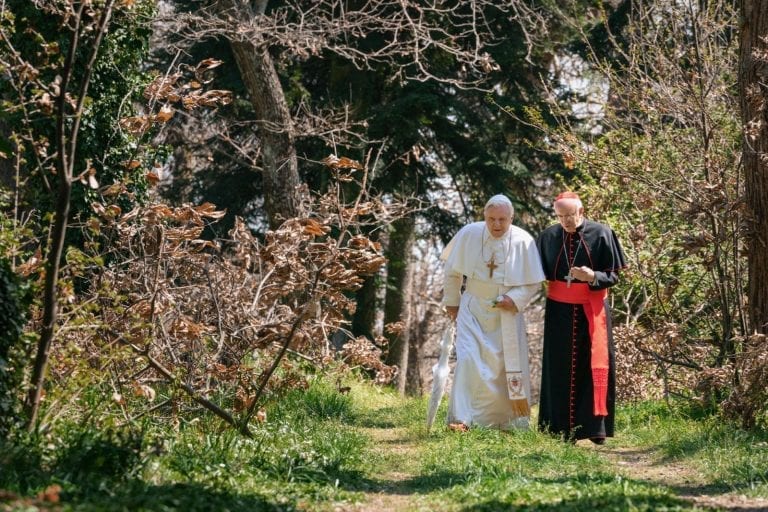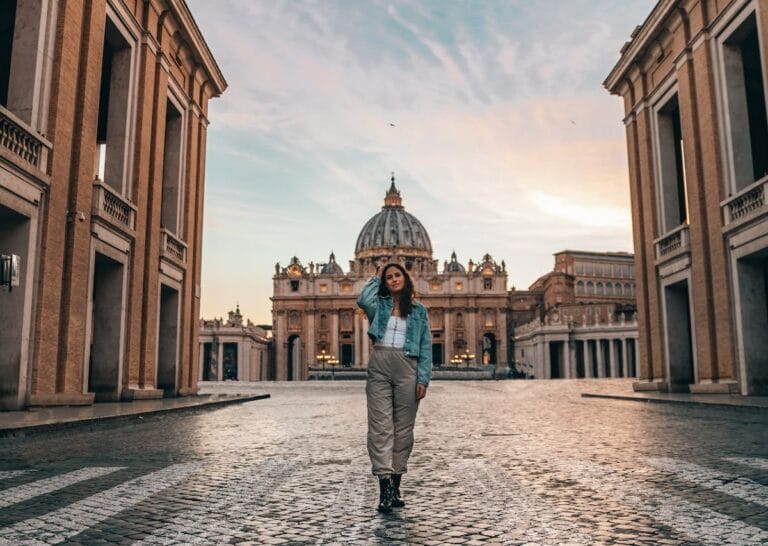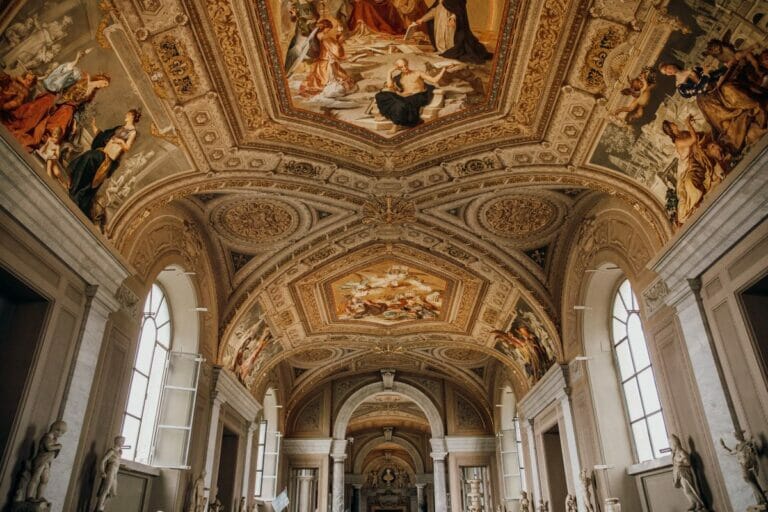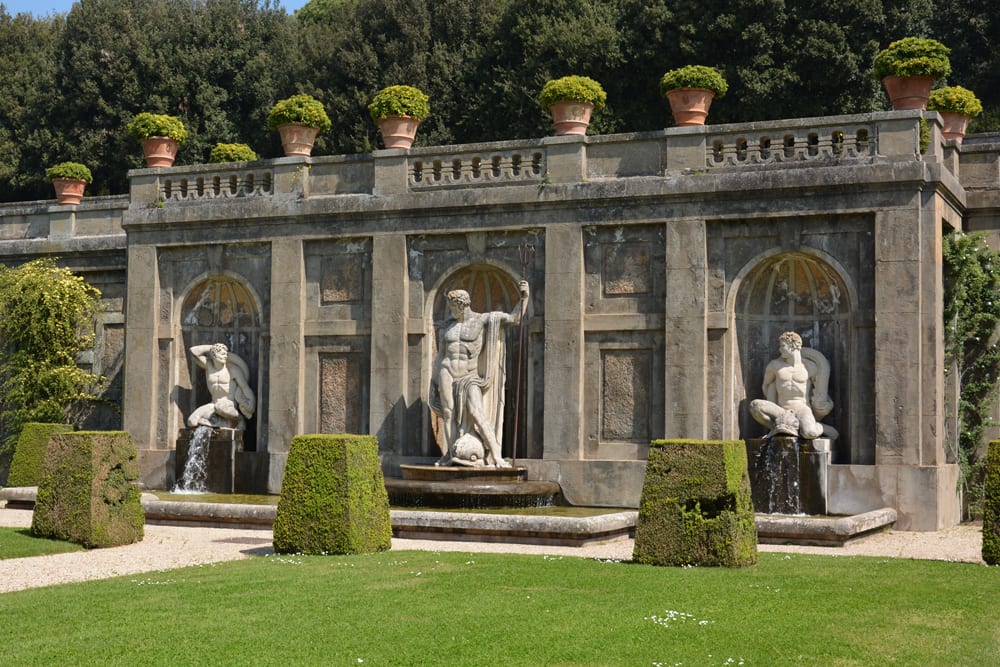
Catholic Church Real Estate: 7 Surprising Papal Properties
May 21, 2025
It’s common knowledge that the Catholic Church owns some of the most ornate and impressive churches in the world, but have you ever wondered what other properties they have in their portfolio?
The Holy See is the organization that owns the Vatican, i.e. the smallest independent city-state in the world. They print their own passports, have their own media, and even maintain their own mail service, all for a population numbering no more than 1,000 people. But the nation’s tiny size doesn’t hold it back from making the occasional territorial acquisition.
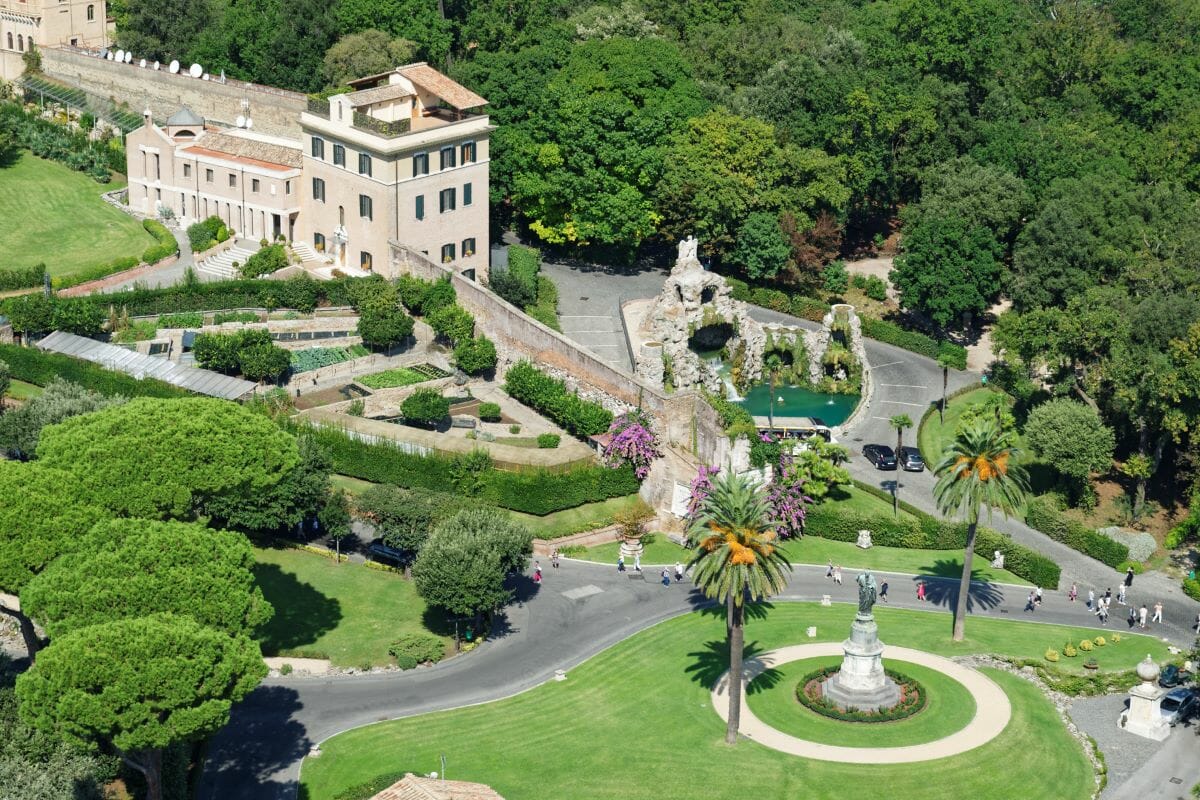
You know all about the Vatican Museum -but have you heard of the Vatican Gardens? This massive territory covers around 57 acres of land within the Vatican City. Photo credit: Michal Hájek
Despite what the conspiracy theorists might say, the Holy See does not have a shadowy hand in property markets the world over but it does actually own more papal properties outside of the Vatican City walls than within them. Indeed, some of the Catholic Church’s wealth comes from its highly diversified investments.
Their property portfolio includes opulent palaces, London apartment blocks, improbable relics, an archive stuffed full of some of the most important documents ever written, and one very powerful telescope. Here is a list of our favorite papal properties that you’ve probably never heard of.
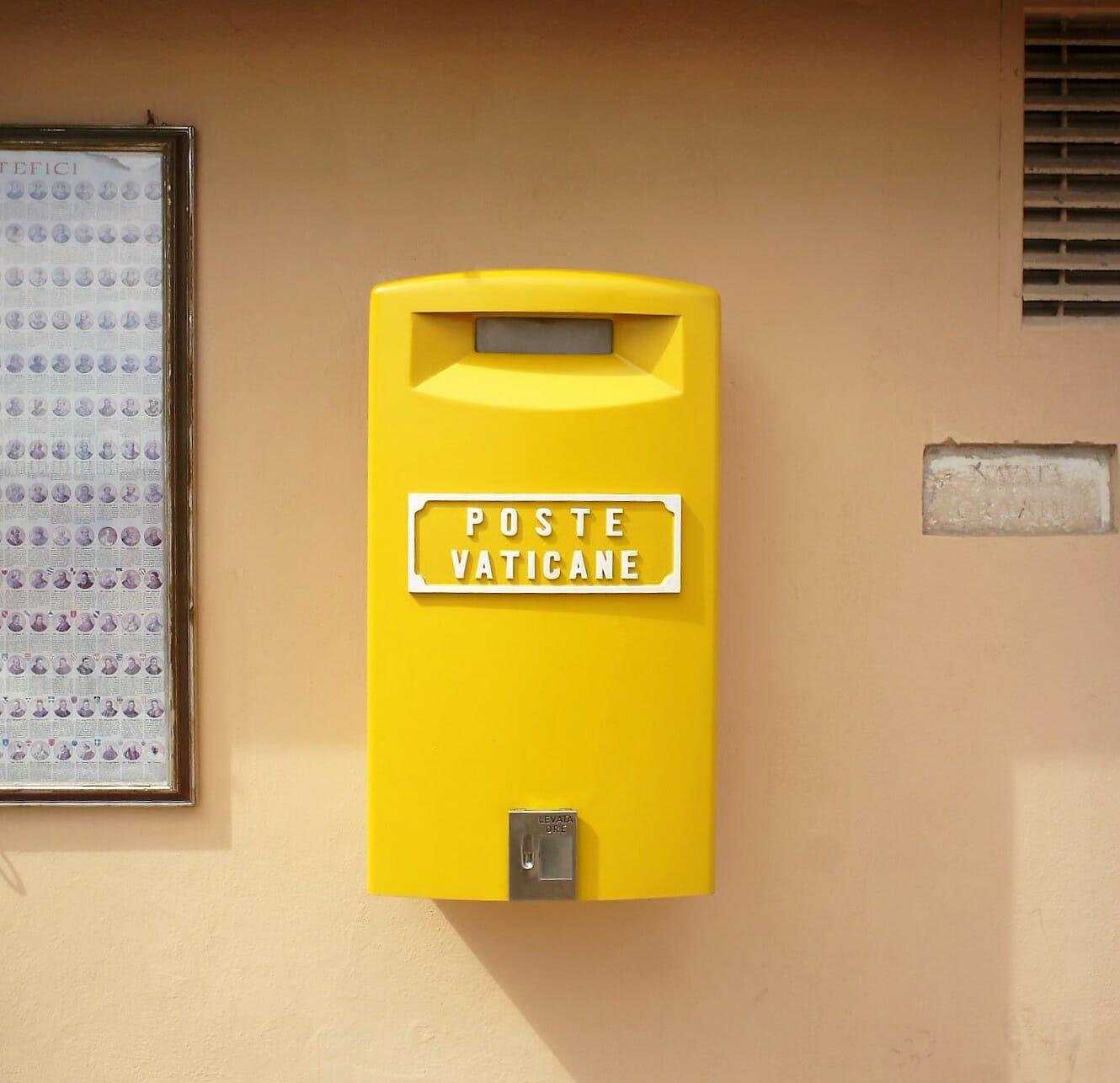
Yes, the Vatican even has its own postal system! Photo credit: Filip Mishevski
Table of Contents
ToggleLa Scala Sancta (Holy Stairs)
The Scala Sancta is a set of 28 white marble steps in Rome near the Lateran Basilica. The stairs lead to the Sancta Sanctorum or Holy of Holies, the first private Papal chapel. They might not represent a very large increase in Catholic Church real estate, but they are a particularly significant one. Catholics believe that they are the same steps that Jesus Christ ascended in Jerusalem on his way to trial with Pontius Pilate. They are believed to have been brought to Rome in the fourth century by St. Helena, mother of Constantine the Great, and used to reach the Lateran Palace.
Today, the stairs are covered in wood to protect them and can only be ascended on the knees. Pilgrims from all over the world climb the Holy Stairs to pray and honor the Passion of Jesus. The stairs are open to all. Both the Scala Sancta and the Sancta Sanctorum Chapel are the property of the Holy See, controlled only by the Vatican.
Did you know: According to Catholic tradition. St. Helena is perhaps the most successful relic hunter of all time. After being dispatched to the holy land to look for such items by her son she returned to Rome with an immense number of relics including fragments from the True Cross, the nails used during the crucifixion, pieces of the rope with which Jesus was tied to the cross, earth from Golgotha, the Holy Robe, and of course, the aforementioned staircase.
How to get there:
Guests can arrive by bus from Piazza Venezia: 81 – 85 – 87 – 850 or from Termini Station: 16 – 714 – 360 or by metro line A at the San Giovanni stop. While the stairs are free and open to all, the Sancta Sanctorum has a small cost per person. Address: Piazza St. Giovanni in Laterano, 14 – 00184 Roma
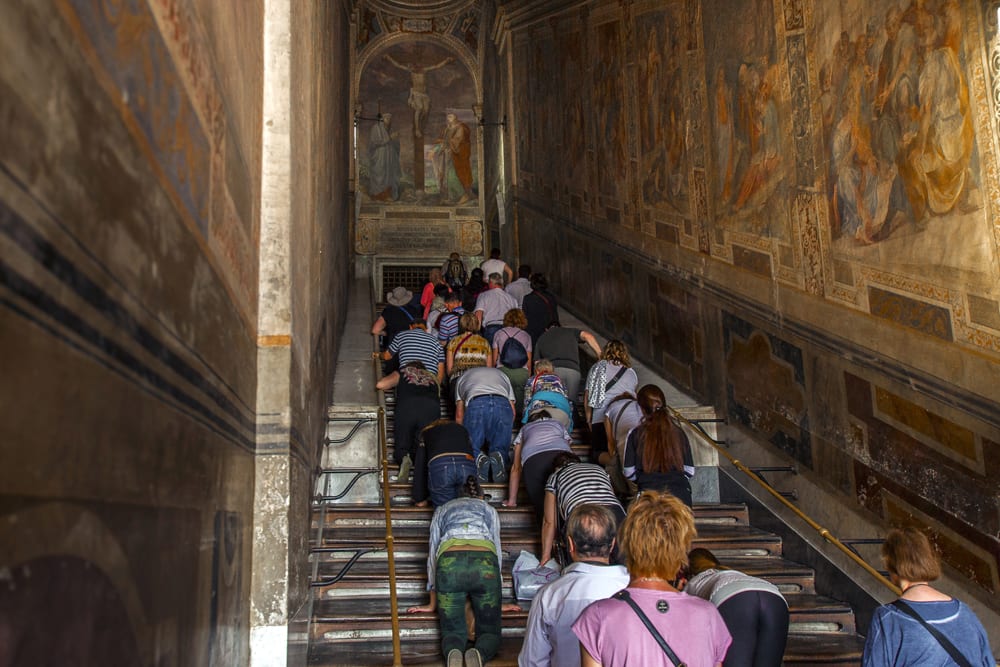
Apostolic Palace of Castel Gandolfo
The Apostolic, or Papal, Palace is one of the most used and beloved pieces of Catholic Church real estate. It has served for nearly 400 years as a summer residence and vacation retreat for the Pope. The Palace, designed by the great Baroque architect Carlo Maderno, sits within the town of Castel Gandolfo though it doesn’t belong to the town, or even to Italy.
Its status as an extraterritorial property of the Holy See proved wildly useful during World War II. Pius XI publicly withdrew to the Palace when Hitler came to visit Rome and later he used it as a center to house refugees. The special legal (and neutral) status of the church protected them from attack. By some estimates, the Palace and grounds of Castel Gandolfo hid and fed hundreds of Jewish refugees and others targeted by the war. The gardens even had a makeshift maternity ward as pregnant refugees sought safety. Some 40 children were born there.
The palace has historically swung in and out of vogue depending on who is Pope. Pope John XXIII was often seen around town, chatting with the locals. Pope John Paul II spent, by one estimate, over 5 years of his 16-year pontificate here.
How to go:
For a long time, you could only visit on a guided tour, booked in advance, through the Vatican Museums website. Luckily, the Vatican has opened the tour up to selected operators this year and Walks of Italy now offers a tour of Castel Gandolfo.
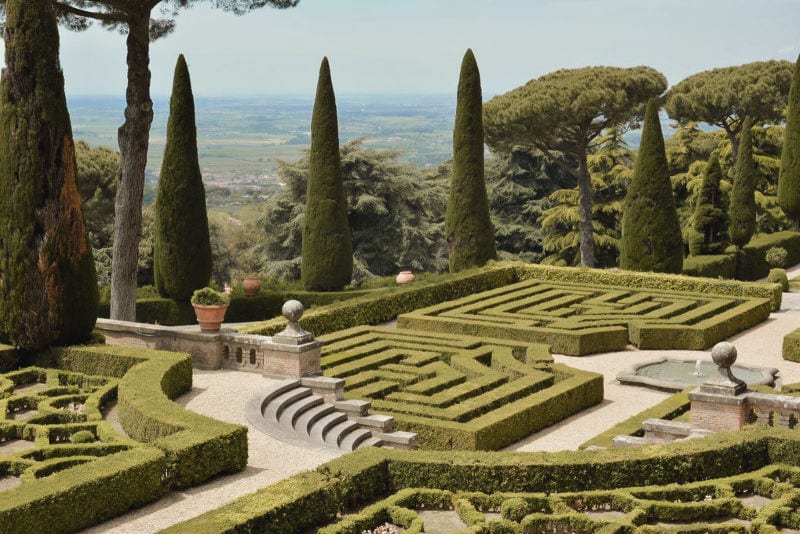
Wandering the gardens and palace at Castel Gandolfo is a once-in-a-lifetime journey few get to experience.
The Holy House of Loreto
This is yet another humble structure whose immense value is based on its spiritual bonafides. It’s also, at first glance, a counterintuitive piece of church real estate – a house that no one lives in. The Holy House is said to be the house of the Virgin Mary. Not a church, mind you, but the actual home where Mary lived, conceived, and raised Jesus.
When St. Helena was on her aforementioned relic-gathering bonanza through the Holy Land she had a basilica built over the humble building in Nazareth which stood until the collapse of the Kingdom of Jerusalem. Catholic tradition has it that, when the Turks were storming the gates in the 13th century, angels miraculously brought the house from its original location to Croatia and an empty space was left back in Nazareth.
This happened again three years later during the Muslim invasion of Albania when angels moved the house to a town called Recanati in Italy. Its third and final move was eventually made from Recanati to its present location in Loreto.
More recent investigations by the church have supported the claim that the house is, in fact from the Holy Land, though historians tend to refute the role of angels in favor of an aristocratic family in Loreto by the name of “Angelo” who apparently paid to bring the entire structure, or parts of it, to Italy. It was no small undertaking, and whether you believe it was angels or just some very determined crusaders, its presence in Loreto is itself a minor miracle, much like that of the Scala Sancta in Rome.
Thousands of pilgrims visit the large basilica built around the house every year. It’s been a Catholic pilgrimage site since at least the 14th century, and the number of miracles that have purportedly taken place within it are deemed by some to be even more important than its murky origins.
Did you know: Because of the House’s miraculous flight from Nazareth to Italy (by way of Croatia) Our Lady of Loreto is the patron saint of pilots and all who work in aviation.
How to get there:
Loreto is just off the Autostrada A14 between Pescara (south) and Bologna (north). Paid parking is available beneath the basilica. The Basilica is open from 6:15 a.m. – 7:30 p.m. Address: Piazza della Madonna, 1, 60025 Loreto AN
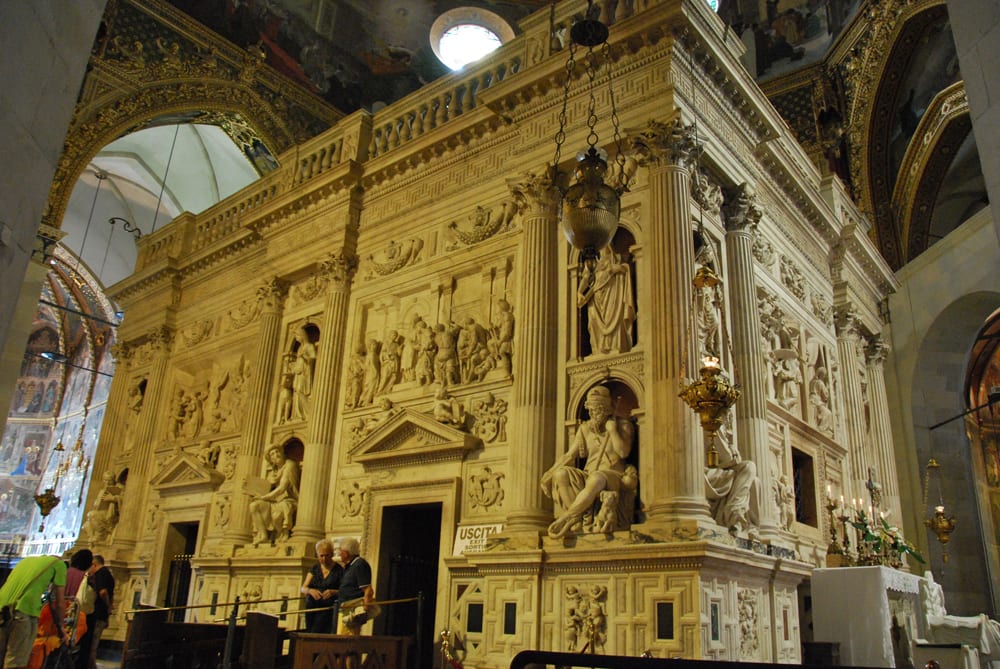
The Holy House of Loreto, via Wikipedia Commons, by Zorro.
Mount Graham International Observatory Research Telescope
Here’s one you definitely wouldn’t guess: the Holy See actually owns a state-of-the-art observatory on Mount Graham in Tucson, Arizona. Then again, what would you expect from an organization interested in the relationship between Heaven and Earth? Not that they have always been friendly to astronomers. Aside from the heresy trial against Galileo, the Holy See is also famous for persecuting (and eventually executing) the 16th century monk Giordano Bruno for proposing that stars were actually other suns in the universe.
The Vatican’s first observatory was started in Castel Gandolfo in 1891, but its astronomical institute has a history dating back to the 1500’s. It is actually one of the oldest astronomical institutes in the world, even if it hasn’t always sat exactly on the cutting edge of astronomical thought.
When light pollution from the growing cities in Italy made it harder to view the night skies, the Vatican founded a second research center on Mt. Graham, one of best astronomical sites in the continental United States. In 1993, the Observatory completed the construction of the Vatican Advanced Technology Telescope (VATT ) with funding from Fred A. Lennon, a man once described by Forbes as “the shiest billionaire”.
If you happen to be in the neighborhood you can take guided tours of Mt. Graham that teach you about the ecology of the mountain and show you around the three telescopes on its summit (only one of which is the property of the Holy See). Tours run from Mid-May through October and have to be booked in advance. For information on how to book check out their website.
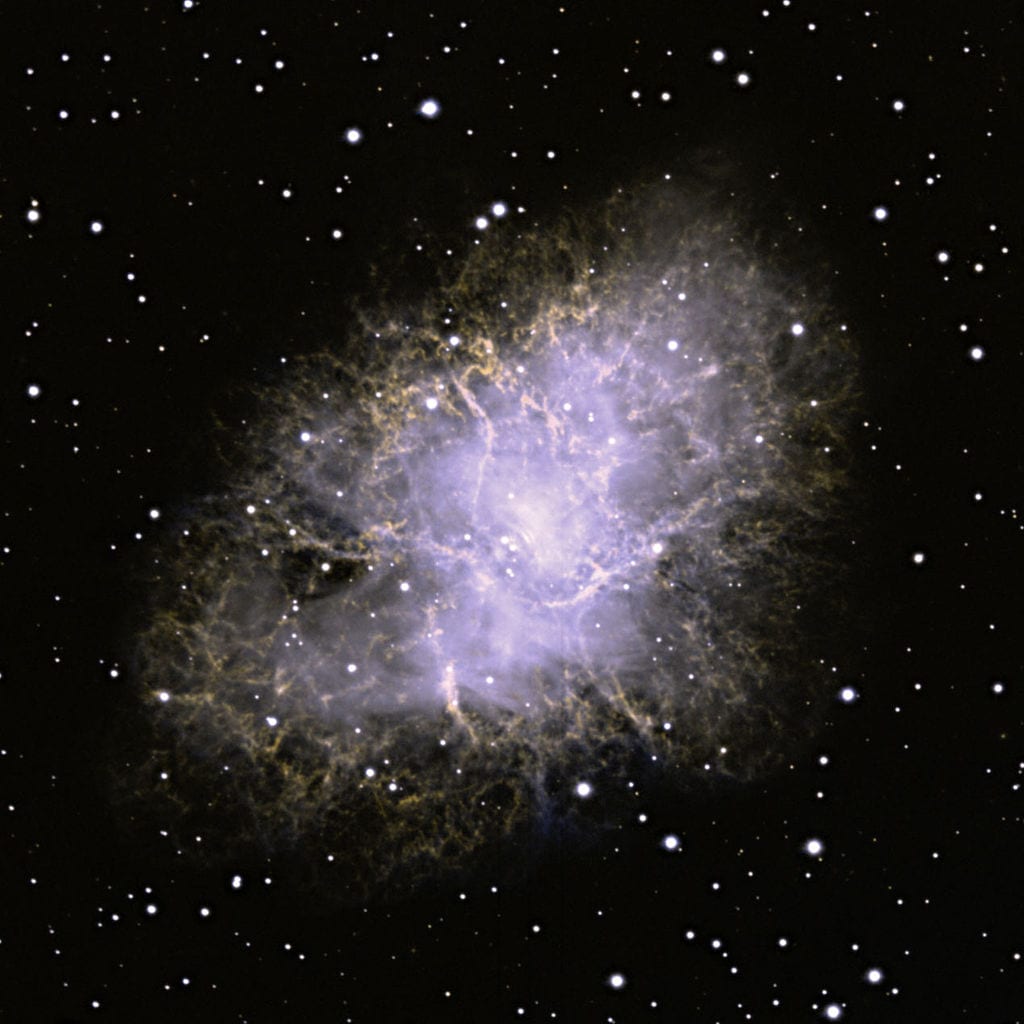
This Nebula is just one of the many images seen from the telescopes of the Vatican Observatory on Mount Graham. Photo by Jjstott
The Vatican Secret Archives
We hate to be killjoys, but the Vatican Secret Archives aren’t particularly secret. It’s more of a clumsy translation from the original Latin which is probably closer to “private.” That said, not just anyone can stroll in to take a look.
The archives were founded in 1612 and hold some of history’s most important documents, including the papal bull that excommunicated Martin Luther, effectively starting the Protestant Reformation, the request to annul King Henry VIII’s marriage to Catherine of Aragon which was refused, effectively starting the Anglican Church, transcript notes from Galileo Galilei’s 17th-century trial for heresy (maybe don’t mention that if you visit Mt. Graham,) and letters from Michelangelo, Christopher Columbus ,and Abraham Lincoln, among others.
Of course, it’s not the physical property lines that make this Holy See property so interesting, but the vast amount of information, history and, yes, the occasional secret, that make it one of the most impressive of the Holy See’s properties.
Porziuncola
This list already contains a house within a church (the Holy House of Loretto) but we would be remiss if we didn’t briefly mention the Holy See’s church within a church – Porziuncola. This humble chapel, which sits inside the Papal Basilica of St. Mary of the Angels in Assisi, is the starting place of the Franciscans.
As the story goes, the chapel was given to St. Francis of Assisi in the 13th century shortly after founding his new monastic order. Francis died in a cell next to the church in 1226 and it has been an important pilgrimage site ever since. How did they get it inside the basilica? They didn’t. Instead, they built the basilica around it. Fun fact: the tiny chapel is one of the Catholicism’s most copied buildings, with several replicas scattered across the United States.
The Gardens of Castel Gandolfo
The Apostolic Palace sprawls over some 55-hectares of land on Castel Gandolfo, much of which has been landscaped into beautiful gardens. This same plot once comprised the grounds of the ancient residence of Emperor Domitian. The Holy See picked up the property in 1596, and Popes have summered there since the 17th century when the gardens were first landscaped.
But the shady holm oaks and cedars, along with the begonias and pansies you see today were not planted until Pope Pius XI renovated the palace after the Holy See’s ownership of it was confirmed by the Lateran Pacts in 1929. And it wasn’t only plants that he added to the newly-restored grounds. Pius XI also modernized the place by adding radios, telephones, eating places, lights and even a greenhouse and cattle barns – which proved useful to help feed all those refugees during the Second World War.
Did you know: Pope John Paul II caused a minor controversy by adding a chlorinated swimming pool to the gardens and his Successor, Benedict XVI, is said to have favored the shady lanes of the Giardino Della Madonnina.
It was only under Pope Francis that the Vatican opened Castel Gandolfo to the public! Visitors can tour the impressive grounds every day but Sunday, including the Apostolic Palace and the Villa Barberini, the latter of which built on the first-century AD ruins of Emperor Domitian’s country residence.
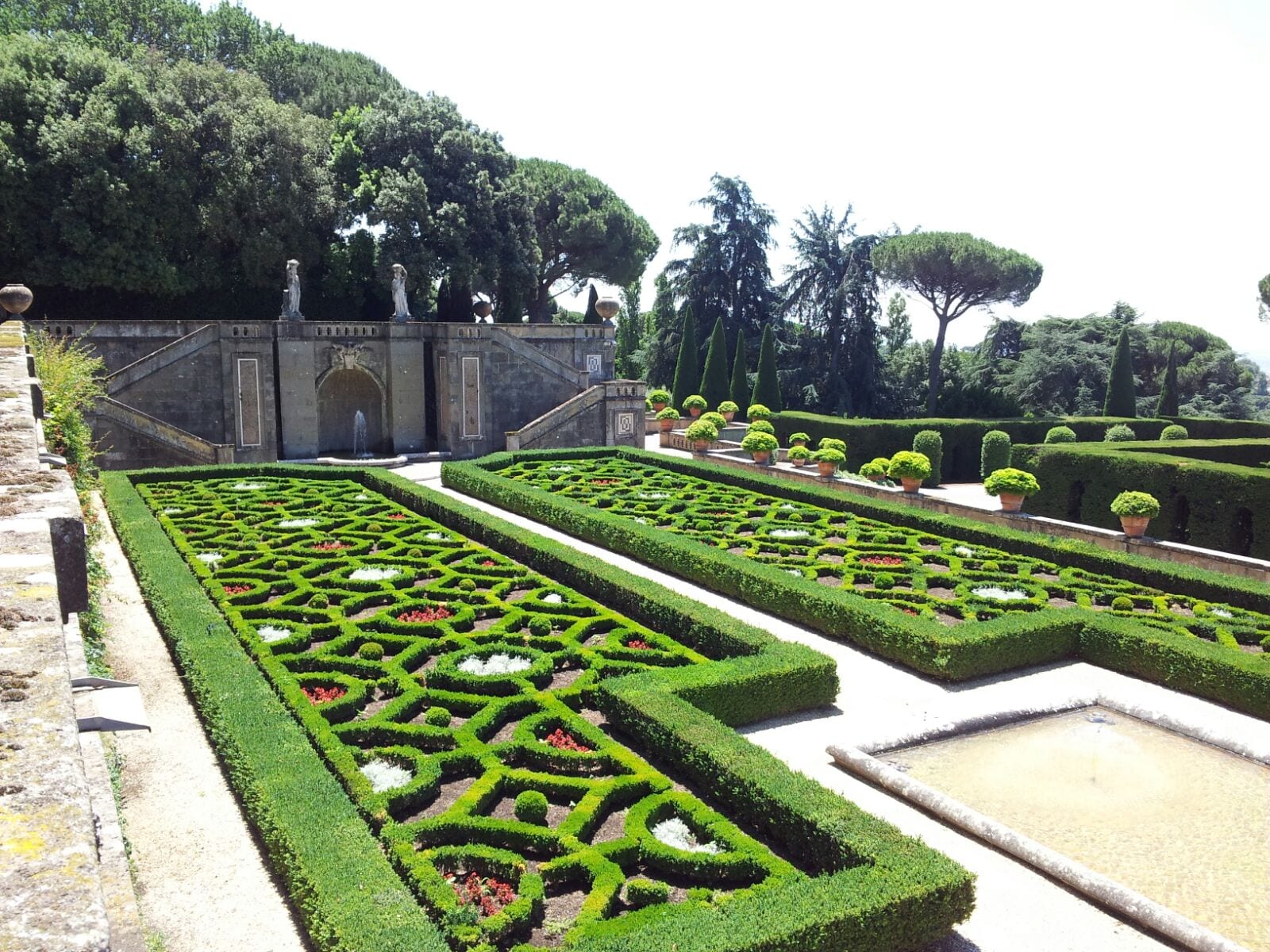
Want to visit one of the Catholic Church real estate properties up close? Our Vatican Inside & Out Tour departs from Vatican City using the official train traditionally reserved only for Popes, the Swiss Guard, and Vatican citizens. Just 25 kilometers from Rome, the stunning landscape and calm atmosphere of Castel Gandolfo feel a world away.
by Gina Mussio
View more by Gina ›Book a Tour

Pristine Sistine - The Chapel at its Best
€89
1794 reviews

Premium Colosseum Tour with Roman Forum Palatine Hill
€56
850 reviews

Pasta-Making Class: Cook, Dine Drink Wine with a Local Chef
€64
121 reviews

Crypts, Bones Catacombs: Underground Tour of Rome
€69
401 reviews

VIP Doge's Palace Secret Passages Tour
€79
18 reviews

Legendary Venice: St. Mark's Basilica, Terrace Doge's Palace
€69
286 reviews









